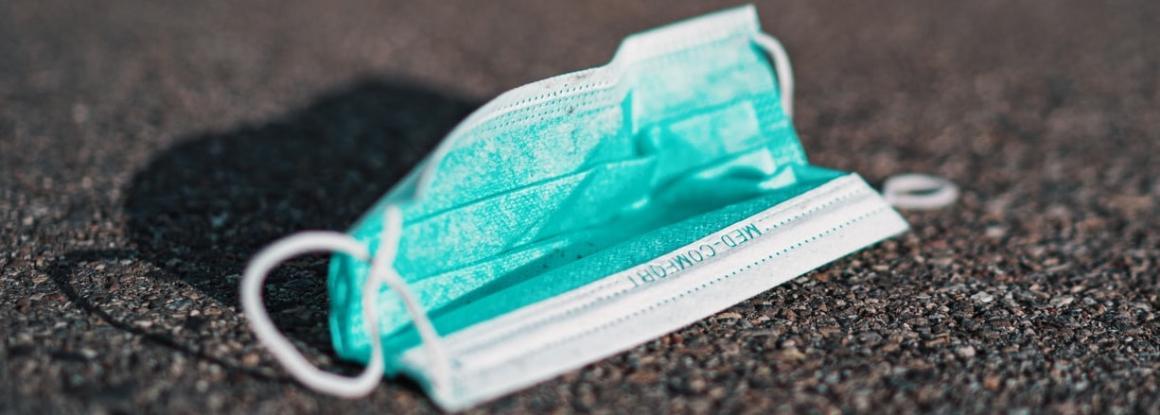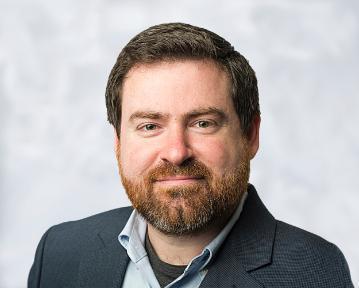Research on two factors separating who protects themselves from who doesn't.
If you’re reading this article, chances are you’re taking the coronavirus pandemic seriously. But, how much are others actually taking steps to limit the spread of the virus versus blithely continuing their lives as usual? And what’s the difference between people who take such steps and those who don’t? If all the fear isn’t enough to motivate people, what is?
It’s hard to believe that less than two weeks ago the World Health Organization officially pronounced the novel coronavirus to be a worldwide pandemic. Since then, a growing number of states have enacted lockdowns, as the number of cases worldwide soars over 300,000, with more than 40,000 in the United States alone.
To protect ourselves, the U.S Centers for Disease Control and Prevention (CDC) have recommended that we all take some simple steps, including identifying sources of news and information about the disease, washing our hands and cleaning surfaces frequently, and having approximately two weeks of groceries and other necessary supplies on hand. Most localities are also advising people to stay at home and avoid social gatherings.
It can sometimes seem like the world is coming to an end, and there’s no doubt that people are afraid. Nonetheless, even in states with lockdown orders, relatively large numbers of
people seem to be out and about, and not always for legitimate reasons like accessing medical care or shopping for food. Why?
This is just one of the questions that led me to do something only a psychology researcher would do during a time like this: A national survey. During the period of March 6-11, I conducted an online survey of 222 adults across 38 U.S. states. This was a period of rapid spread of the disease, with cases increasing precipitously each day (they still are). Participants discovered the study through Amazon’s Mechanical Turk website, an online marketplace where individuals can post tasks that others can complete for a small payment. Researchers often use MTurk to recruit participants for surveys like this one.
First, I asked participants to imagine that the coronavirus had different hypothetical levels of deadliness for the people who contract it, ranging from 1 percent mortality all the way up to 10 percent. For each level, I asked them to rate how much they would be willing to take steps to protect themselves from the disease on a seven-point scale. By the way, the World Health Organization estimates that, although the vast majority of cases of coronavirus are mild to moderate,
around 3-4 percent of people who contract the disease die.
In the survey, nearly 49 percent of participants said they would be relatively uninterested in taking steps to protect themselves if the death rate from the disease were at this 3 percent level. In fact, even when imagining a 10 percent mortality rate, almost 11 percent of participants continued to rate their willingness to take steps to protect themselves relatively low.
But all this still doesn’t answer the question: “Why?” If we can understand the psychological factors that make some people more willing than others to take precautions like washing their hands or avoiding social gatherings, perhaps government agencies and other organizations can use this information to inform public health campaigns.
Along with surveying people about a variety of demographic and psychological factors (including
anxiety,
depression, post-
traumatic stress, and general health concerns), I asked people four questions about the steps they’ve taken to prepare for the disease, including: “To what degree have you done anything to protect yourself against the possible spread of coronavirus?” And “To what degree have you bought extra groceries or other supplies to prepare for the possible spread of coronavirus?”
The results showed that two factors had the most robust relationships with people’s willingness to take steps to prepare: Fear and hope. People who rated themselves as more prepared tended to be those who were more worried about the coronavirus as well as those who said they felt more hopeful. Although fear and hope may at first glance seem like polar opposites, a person can experience both at the same time. In fact, perhaps these two factors work in tandem.
It makes sense that fear should motivate people to protect themselves, and
numerous studies support this fact. Who among us hasn’t been motivated at some time in our lives by fear? As much as we might want to stay home from work, we may be afraid of losing our job. As much as blowing off a math test sounds like fun, we may be afraid of failing. Some anxiety about coronavirus is probably a good thing. As unpleasant as it might be to see images of overrun emergency rooms in Italy or hear the latest mortality statistics, the fear of realizing that a real danger exists reminds us to protect ourselves.
But, as we all know, fear can also go too far. Fear can sometimes be paralyzing. And panic is downright destructive (and probably unwarranted, even under the current circumstances). That’s where hope comes in.
In the survey, people filled out the Adult Hope Scale, a commonly used assessment of hopefulness. This scale doesn’t ask about coronavirus specifically but instead inquires about the degree to which people take a generally hopeful view toward life. Hopeful people tend to dream big and see setbacks as challenges to be overcome. Where other people tend to freeze, hopeful people keep going. It makes sense that people who are more hopeful will be more likely to take steps to protect themselves under the present circumstances. After all, hope sends the message: “There’s something you can do to help things turn out okay.” Although most of us know there’s reason for fear, is there actually any reason for hope? The answer: “Yes.”
None of this means that people aren’t suffering. More than 16,000 people have died around the world. Stock markets have plummeted. People are struggling to make ends meet as businesses close their doors. There’s plenty to be afraid of. But fear and hope can exist together, each doing its part to push us forward.
In Emily Dickinson’s famous poem likening hope to “a thing with feathers,” she writes, “sore must be the storm, that could abash the little Bird, that kept so many warm.”
The storm is sore, indeed. But none of us need be without hope.
This article was originally published on March 23, 2020 in Psychology Today.
David Feldman is also host of the “Psychology in 10 Minutes” podcast, which can be accessed through any podcast app or at davidfeldmanphd.com.


